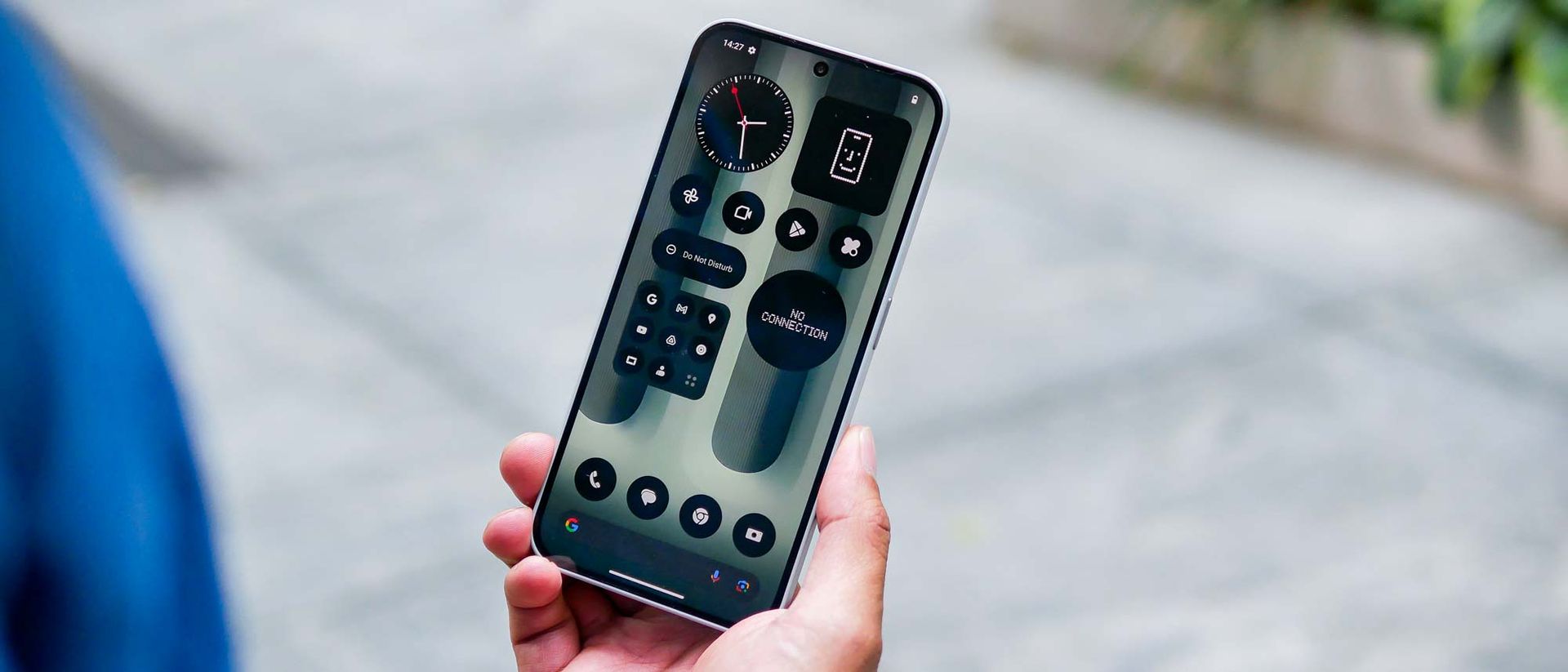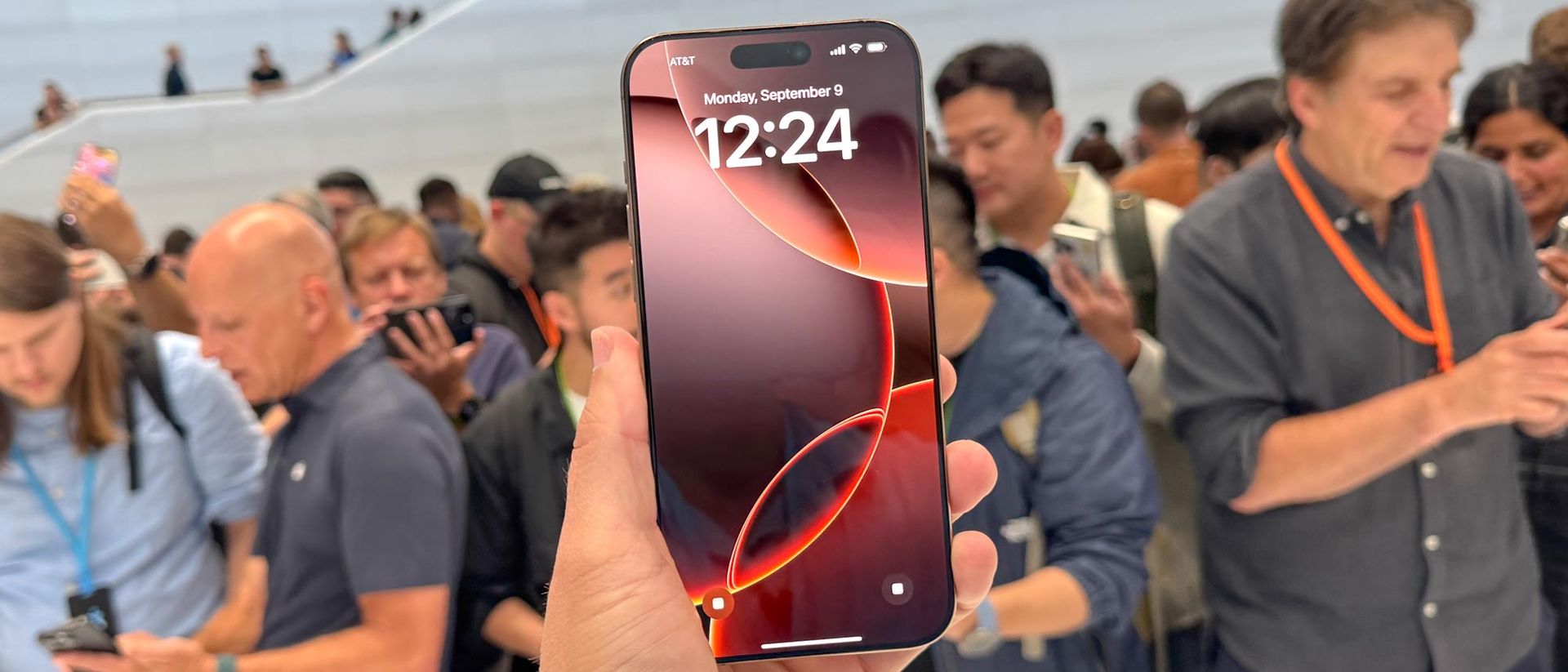Trade in Asus Zenfone 8
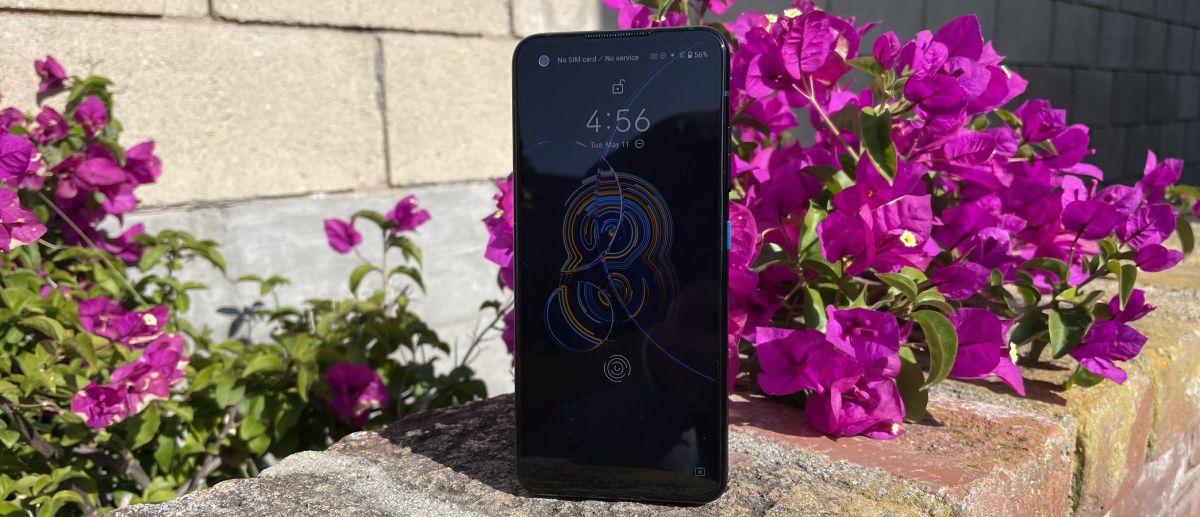
(Image credit: Future)
Two-minute review
The Asus Zenfone 8 represents a paradigm shift for a flagship phone – not to higher prices and more features, but to greater affordability, with essential specs and strong cameras. It’s the kind of device phone brands like OnePlus used to release, and it’s just as welcome.
Greater affordability inevitably comes with compromises though, and the Zenfone 8 misses out on out the feature that made its predecessor stand out: its flip camera, which enabled the Zenfone 7 to take rear-facing and selfie photos with the same set of lenses.
You can still get this novel camera functionality, but only in a larger specialty version of the phone – the aptly-named Zenfone 8 Flip, which will be a limited release, cost more, and come in a single RAM and storage configuration.
Asus is envisioning the Zenfone 8 to be the standard version of the phone, with high-end specs in a variety of configurations – a top-tier Snapdragon 888 chipset and up to 16GB of RAM and 256GB of storage – at a very competitive price. That means consumers comparing the Zenfone 8 to other flagship phones will have to get on board with other compromises Asus has made – there are only two rear cameras (there’s no telephoto lens), and this is a smaller phone with an under-6-inch screen.
Those two cameras are impressive enough – there’s a 64MP main shooter and 12MP ultrawide camera, and a front-facing camera in a punch-hole. As we’ve seen with previous Asus phones, these cameras perform well in good light, although they lag behind other flagship phones in low-light and night photography.
As mentioned, Asus’ new flagship phone is a small device, with design considerations tailored to one-handed use that include a tall and narrow design and refined one-handed interface mode. Its size makes it something of a rarity among phones with flagship specs, rivaling the iPhone 12 mini and lower-specced Google Pixel 5 in what it offers.
Otherwise the phone inherits a lot from its predecessor and other Asus phones, from the 120Hz screen refresh rate and ZenUI OS overlay to gaming modes and a 3.5mm headphone jack. And while its 4,000mAh battery capacity won’t turn heads, it’s still enough to keep the phone going through a day.
All in all, that makes the Zenfone 8 a compelling and powerful phone that’s smaller than a lot of the competition – which may suit some consumers more than others who want more screen area to watch media or play games. The Zenfone 8 Flip does have a bigger 6.67-inch display, plus the aforementioned flip camera capability, although as mentioned it costs more, and availability is limited.
Zenfone 8 price and release date
The Zenfone 8 launched on May 12 and starts at €499, and has gone on sale on Asus’ US store for $629, though it’s already discounted down to the price we expected of $599 (around £425 / AU$769) for 8GB of RAM and 128GB of storage. You can bump that up to 256GB for $699 (around £505 / AU$929) in the US store, but it’s not selling any variants with higher RAM.
The Zenfone 8 is also available in configurations up to 16GB of RAM and 256GB of storage for an expected $799 (around £565 / AU$1,025). The Zenfone 8 comes in two colors: a matte Obsidian Black and silver-framed, white-colored Horizon Silver.
The Zenfone 8 Flip will have a far more limited release, and Asus has confirmed that it won’t be coming out in the US. In Europe it will retail for €799, which is around $970 / £690 / AU$1,240).
Those prices are similar to what we saw for the Zenfone 7 and Zenfone 7 Pro, although the Zenfone 8 seems nominally cheaper than its predecessor, likely owing to its static camera and simpler design. That makes the Zenfone 8 a potentially tempting proposition, undercutting phones like the Google Pixel 5 and OnePlus 9 by around $100, and the Samsung Galaxy S21 by $200. While those phones have some advantages (notably their cameras), the Zenfone 8 does feature top specs at a very competitive price.
We are Tradelectronics, licensed second-hand electronics dealer located in Sydney CBD, experts in trading used laptops, old cameras & lens, and used mobile phones. Fast, Reliable & We Pay More! Get a free quote on your favourite WhatsApp, Facebook, SMS & Email, instant reply!
| Click icon for WhatsApp Quote | Click icon for facebook Quote |
 |
 |
- We are open from Mon – Sat 12pm – 7pm
- Get your free quote from WhatsApp and Messenger are highly recommended, we can guide you through in finding the accurate specs for your laptops, cameras & lens, mobile phones as well. As such we can provide a more precise quote for you.
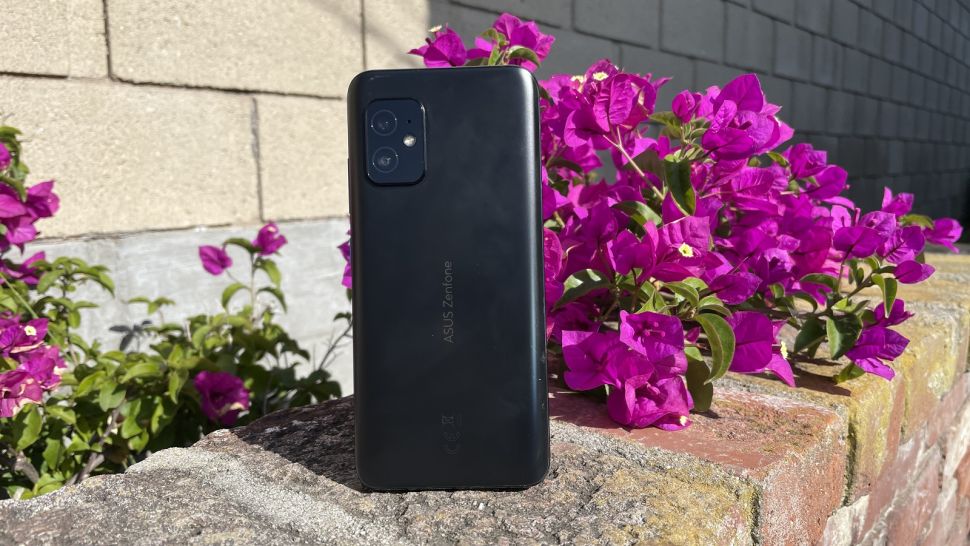
(Image credit: Future)
Design
The Zenfone 8’s design won’t turn many heads, but it packs those impressive specs into a compact package that’s more or less usable with one hand. These days, that’s novel – it’s not a phone for users who want more screen area to watch media or who need larger text, but for those who want a smaller handset the Zenfone 8 is one of the few options with flagship-level specs and finish.
There are few phones in this niche, with the Zenfone 8 (148 x 68.5 x 8.9mm) coming in at roughly the same size as the Google Pixel 5 (144.7 x 70.4 x 8mm) while the iPhone 12 mini (131.5 x 64.2 x 7.4mm) is noticeably shorter in length, narrower in width, and thinner than either. Compare that to phones like the Asus ROG Phone 5 (172.8 x 77.3 x 10.3mm), which is so wide and tall that it’s difficult to reach a thumb more than two-thirds of the way across its 6.8-inch display when holding the phone one-handed.
The Zenfone 8 has a smooth matte glass back with a camera block in the upper-left corner, and rounded edges that curve into the aluminum frame, making for a solid and classy feel. While the phone is a little thick at nearly 9mm, the sides are wider towards the back and narrower toward the front glass, which makes it slightly easier to wrap your fingers around the phone. It’s easier to see this in our hands-on photos than it is for us to describe a bit tough to explain, but it’s a nice design consideration that encourages one-handed use.
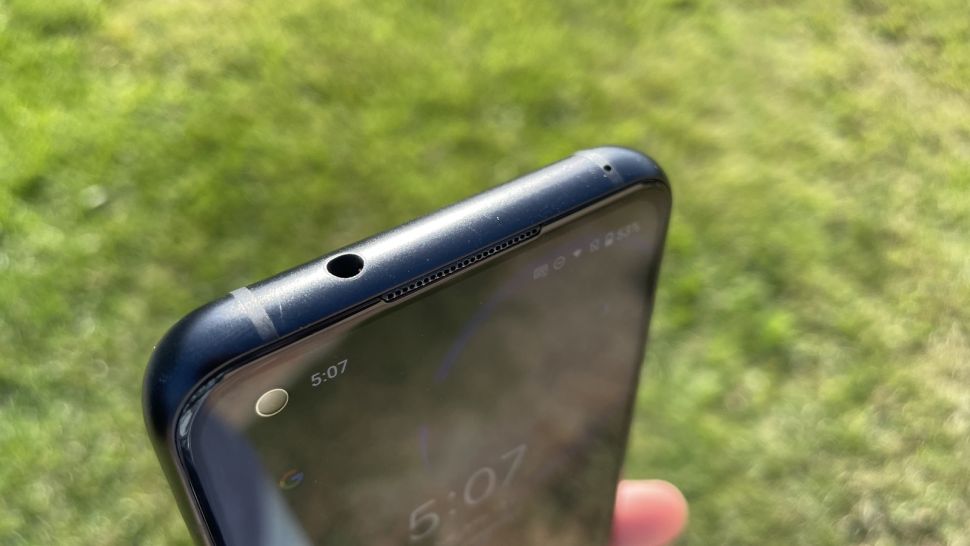
(Image credit: Future)
The phone otherwise has a pretty standard design, with a volume rocker towards the top of the right edge and a metallic blue lock button below this. Gone is the thick lock button with built-in fingerprint sensor found on the Zenfone 7, as Asus has finally implemented an in-screen fingerprint sensor in the Zenfone 8. On the top of the handset are a microphone on the right and 3.5mm headphone jack, and on the bottom is a central USB-C port with a speaker to the right, a microphone to the left, and a SIM slot to the left of that (there’s no microSD capability).
During our briefing, Asus took time to point out the phone’s two speakers – a 10 x 12mm one at the top and a larger 12 x 16mm one at the bottom that’s the same size as the speaker at the bottom of the Asus ROG Phone 5, though with a slightly smaller 1.0cc speaker box volume. It’s unfair to compare the two handsets, as the latter, larger phone has forward-firing speakers while the Zenfone 8 has one in the earpiece and the other firing out of the bottom for less evenly-distributed sound. Suffice it to say that the Zenfone 8’s speakers – tuned by Swedish audio company Dirac – put out a good volume, and we noticed more high and middle tones, although with some lows missing, compared to the sound from the Zenfone 7.
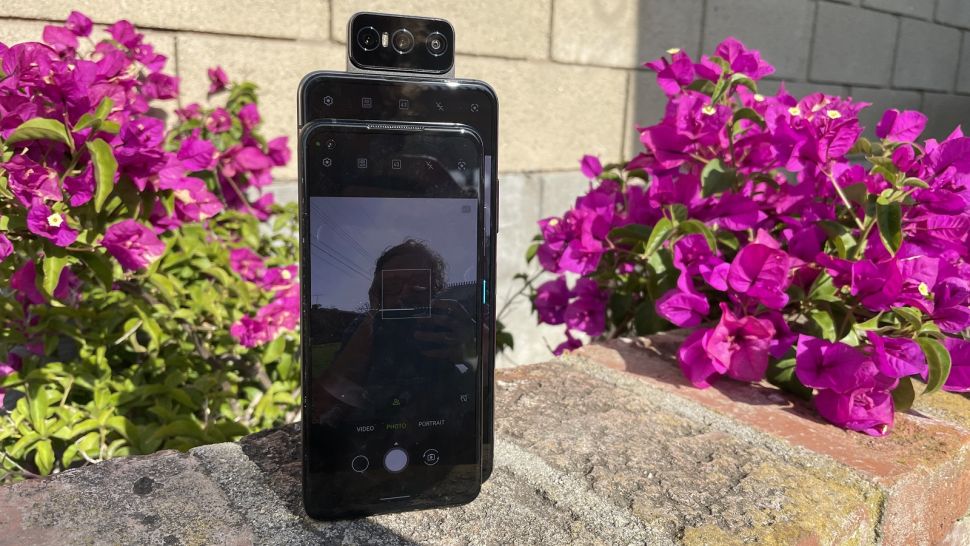
The Zenfone 7 Pro (with flipping camera) behind the Zenfone 8 (Image credit: Future)
Zenfone 8 vs Zenfone 8 Flip
Before we dive deeper into the Zenfone 8, let’s go over the differences between it and the Zenfone 8 Flip. The biggest one is, of course, the flip camera, which gives the Flip another telephoto lens and keeps the edge-to-edge front display clear of notches or punch-holes.
While the Zenfone 8 Flip essentially retains the same cameras as in the Zenfone 7 lineup, its flipping mechanism does enable features beyond taking selfie photos or videos with the main suite of rear cameras – for example you can hold the phone in landscape and use the flip action to take an automatic panorama. It’s a bit gimmicky, but there’s no denying that selfies taken with rear-facing shooters are superior to those taken with front-facing cameras.
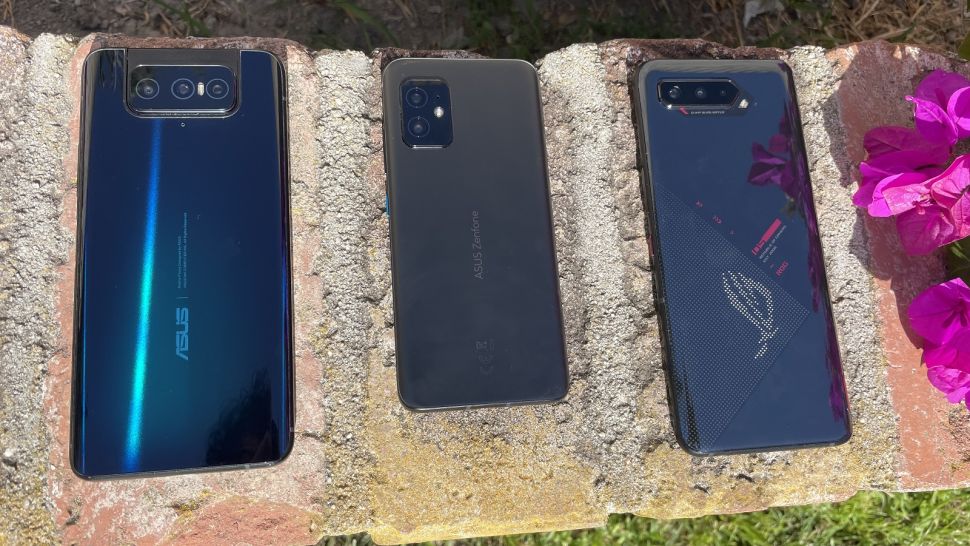
From left to right: Zenfone 7 Pro, Zenfone 8, ROG Phone 5 (Image credit: Future)
With its 6.67-inch display, the 8 Flip is noticeably larger than the Zenfone 8 with its 5.9-inch screen. But there is a curious difference in terms of the refresh rate, with the smaller Zenfone 8’s screen refreshing at 120Hz compared with the 8 Flip’s at 90Hz. It’s likely not enough for anyone to notice other than in a side-by-side comparison, but it’s still an interesting distinction, suggesting that the 8 Flip simply inherited the Zenfone 7’s screen and 90Hz refresh rate wholesale. Both the Zenfone 8 and 8 Flip have in-screen fingerprint sensors, however.
Both the Zenfone 8 and 8 Flip pack a Snapdragon 888 chipset but different specs: while the 8 Flip comes in one configuration – 8GB RAM and 256GB storage – the standard Zenfone 8 starts at 8GB RAM / 128GB, and caps out at 16GB RAM / 256GB. Neither phone offers expandable storage via microSD.
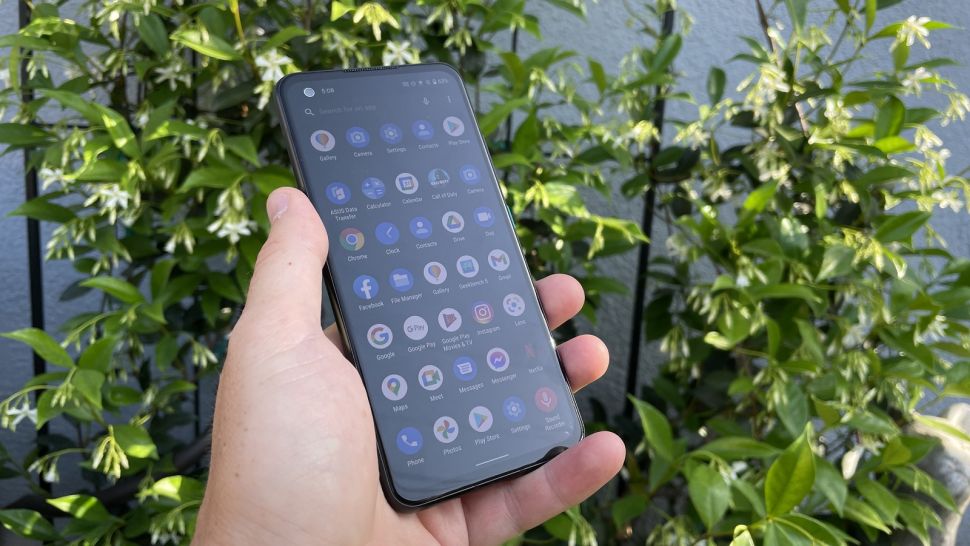
(Image credit: Future)
Display
The Zenfone 8 has a 5.9-inch AMOLED display with a Full HD Plus (2400 x 1080) resolution. As we’ve mentioned, the screen features a 120Hz refresh rate for silky-smooth browsing, media viewing and gaming (for supported titles), as well as a 240Hz touch sampling rate that reads finger inputs 240 times per second for faster gaming inputs.
Compared to other ‘small’ flagship phones, the Zenfone 8’s 5.9-inch screen has a very slightly smaller area than the 6-inch Google Pixel 5, but as the Zenfone 8’s display is longer and thinner, it doesn’t feel lacking. That’s far more display area than the 5.4-inch iPhone 12 mini (especially considering that phone’s notch), and about comparable to the 6.1-inch screens on the iPhone 12 and iPhone 12 Pro, though the Zenfone 8 is noticeably thinner than either Apple flagship.
You can dial the Zenfone 8’s 120Hz maximum refresh rate down to 90Hz or the standard 60Hz to save battery, although you can’t just switch this in Settings > Display as you might expect. Instead, you’ll have to head to Settings > Battery > System Mode and select one of five options that balance performance and battery life (hint: choose ‘Dynamic’ to let you pick which refresh rate you want in Display settings). It’s a well-intentioned setup to give users high-level overviews of what they want to prioritize, but it’s still frustrating if you just want to fiddle with settings one by one.
The 20:9 ratio display is tall and narrow, and while bigger thumbs might be able to stretch across its width when the phone is held one-handed, the top of the screen will be out of reach for everyone. The one-handed mode pushes everything on the screen down to the bottom half by default, but you can customize that ceiling to whichever height you’d prefer.
The on-screen picture quality is very good – it’s even sharper than the iPhone 12 Pro’s screen in a side-by-side video test, with good colors and brightness producing a picture that feels more true-to-life than the one on its predecessor, the Zenfone 7.
While having a smaller display makes the Zenfone 8’s picture theoretically sharper than phone screens with identical resolutions (Full HD Plus), the color balance is a real differentiator between this phone and the competition, showing nuanced differences in hues between adjacent but not identically-colored elements where other phone displays would blend them together.
In a first for the Zenfone line (though beaten to the punch by the ROG line), the Zenfone 8 has an in-display fingerprint sensor that works accurately and very quickly. The phone can also be unlocked via facial recognition.
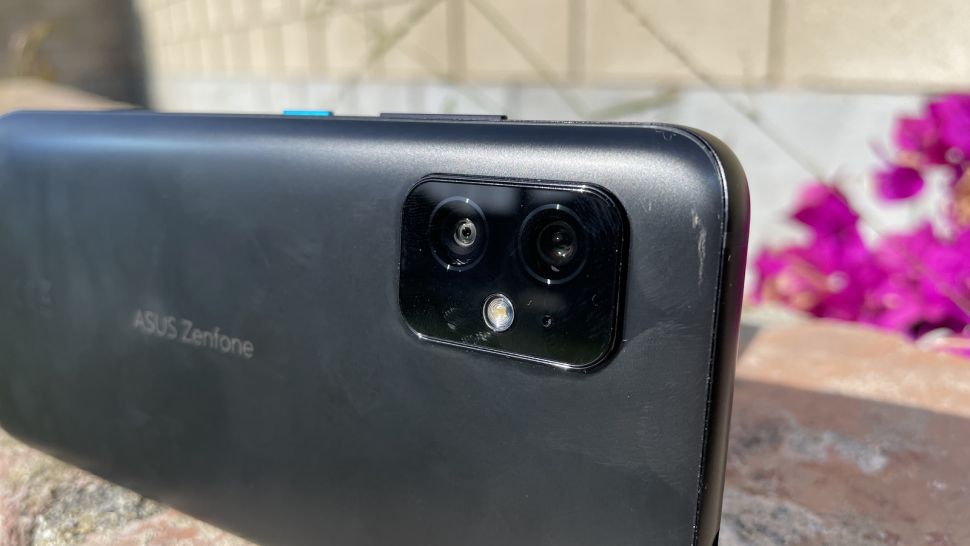
(Image credit: Future)
Cameras
The Zenfone 8 has two rear cameras (main and ultra-wide) and one 12MP front-facing camera in a punch-hole in the front screen. While its predecessor packed a telephoto lens (as does the Zenfone 8 Flip), the Zenfone 8 makes do without.
The 64MP f/1.8 main camera looks to be inherited intact from the Zenfone 7 Pro, down to its Sony IMX686 sensor and optical image stabilization, and likewise with the 12MP f/2.2 ultra-wide camera and its Sony IMX363 sensor.
Daylight photos look very respectable, with good clarity in well-lit shots and plenty of detail in up-close captures. Colors can look a little too vibrant though, and the cameras start to struggle in lower light, losing clarity in dusk and twilight shots.
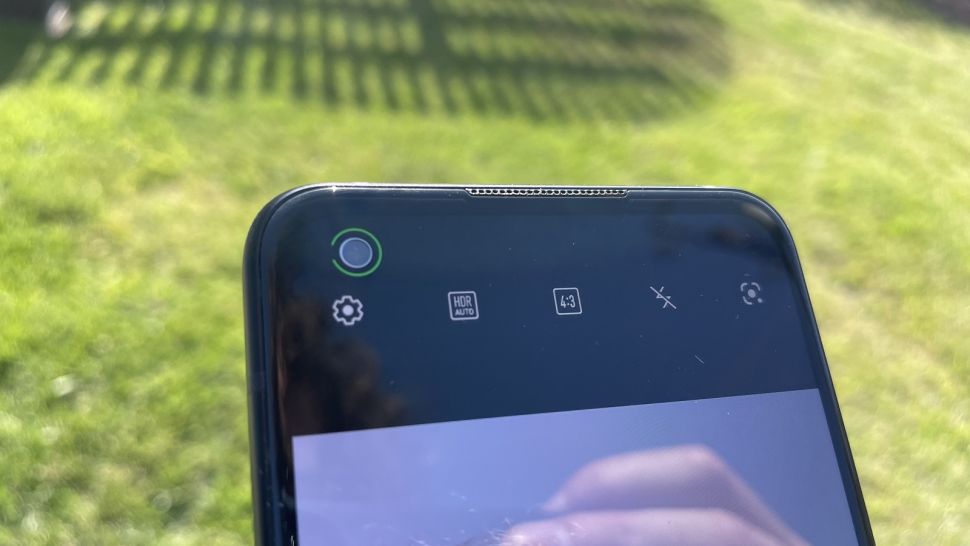
(Image credit: Future)
Performance
The Zenfone 8 packs the best specs you’ll find outside of a gaming phone, with a Snapdragon 888 processor, from 8GB to 16GB of RAM, and 128GB to 256GB of storage (although you can’t expand on this as there’s no microSD slot).
The phone we tested was packing the maximum specs, and wasn’t slowed down by any tasks we put it through, from casual browsing to media binging to gaming. The phone averaged a Geekbench 5 score of 3508, which is far below the comparably-specced Asus ROG 5 Pro (3678) and the OnePlus 9 (3654), but above every phone released in 2020 except the iPhone 12 line.
The Zenfone 8 comes running Android 11 out of the box, with the latest version of Google’s mobile OS featuring improved media controls, word prediction tools, and other features. The phone has Asus’ ZenUI overlay, a clean skin over the operating system that mainly adds the Game Genie skin (featuring a menu for in-game options like tweaking performance and muting notifications), as well as offering settings that are more granular than on many Android phones, including the aforementioned System Modes to balance battery life, display refresh rate, and other parameters.
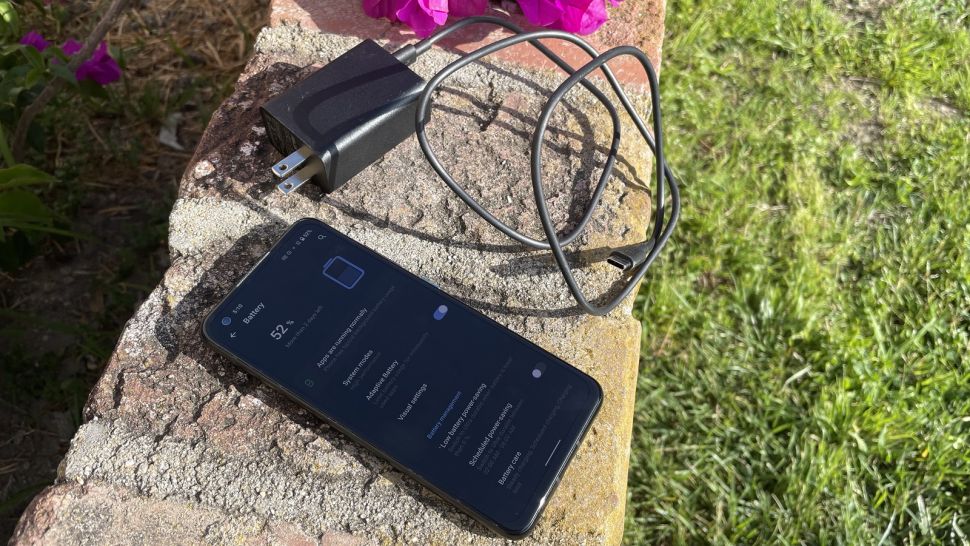
(Image credit: Future)
Battery
The Zenfone 8 packs a 4,000mAh battery, which is enough to power it through the day, although screen-intensive activities like watching media and playing games will diminish the battery life at a quicker pace than on other phones. The various power-saving modes allow users to eke out more battery life by reducing brightness and screen refresh rate, turning off the always-on display, and managing other power-hungry settings.
There are also recharging settings inherited from the ROG 5, such as reducing the charging cap to 90% or 80% to prolong battery longevity, as well as scheduled charging to keep the battery at those caps while charging overnight – only topping it up to 100% right before a user’s wake-up alarm is scheduled to go off.
The phone comes with a 30W charger out of the box, which offers comparatively fast charging, although it’s not quite to the level of the 60W charger that comes with the Asus ROG 5. Still, the 30W charger juiced the phone up to 32% in 15 minutes, 58% in 30 minutes, and 70% in 45 minutes, and fully charged it in around an hour. Unfortunately, the Zenfone 8 doesn’t have wireless charging, like every previous Asus phone.
Buy it if…
You like small-format flagship phones
Smaller phones with top-tier specs are rare, and the Zenfone 8 is one of the few that allows easy one-handed use.
You want good specs at a low price
The Zenfone 8 may not be cheap, but it’s one of the most affordable flagship phones, at a price point where the OnePlus phones used to dominate.
You don’t need extensive photo capabilities
Most flagship phones pack robust camera suites at expensive prices, but if you’re willing to forgo telephoto capabilities and sacrifice image quality in low-light shots you can save yourself some money here.
Don’t buy it if…
You want wide-ranging photo-shooting capability
Conversely to the above, phones like the Samsung Galaxy S21 series, the OnePlus 9 Pro, and the iPhone 12 series are better choices for a strong all-around photography experience.
You want long-lasting battery life
One of the weaker aspects of the Zenfone 8 is its battery life – phones like the Asus ROG Phone 5 with its 6,000mAh battery are a better option if you want two-day, or even three-day battery life.
You want a big screen
Not a drawback so much as a design choice, the Zenfone 8 has a reasonably sized 5.9-inch display, but that might not be enough for those who want as much display real estate as possible – the 6.8-inch display on the Asus ROG Phone 5 is about the same size as the display on the Samsung Galaxy S21 Ultra.
Source: Techradar

